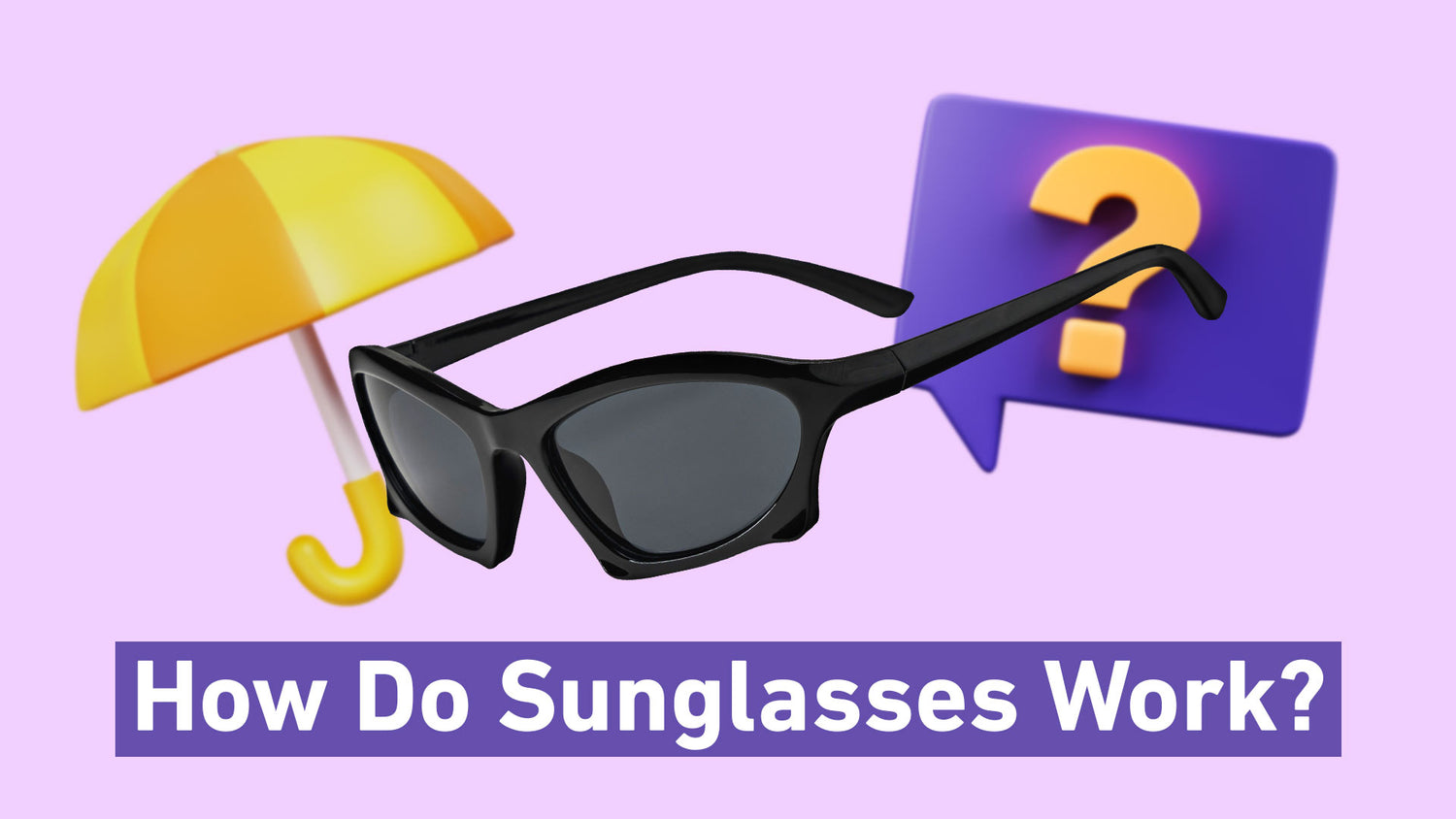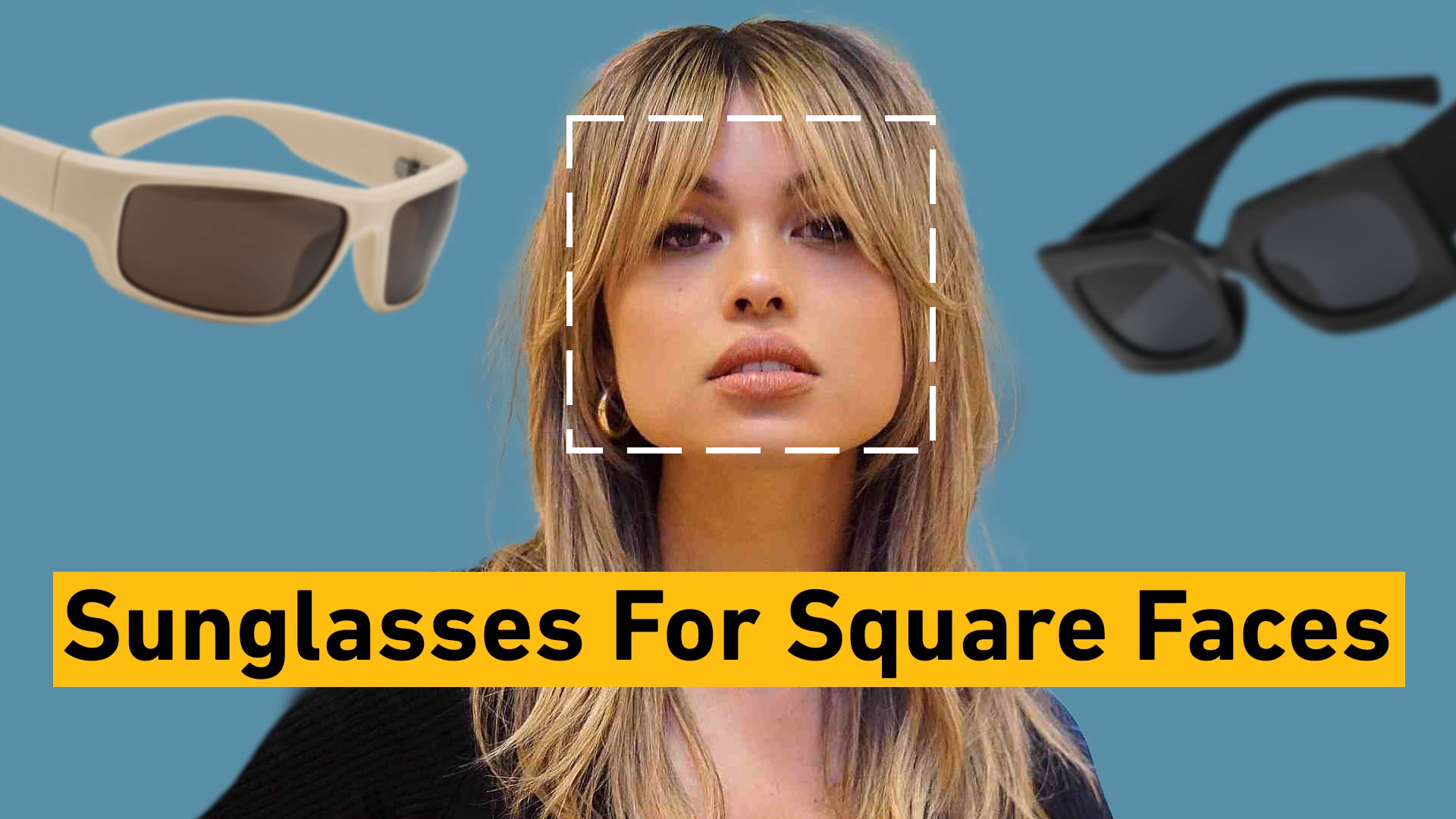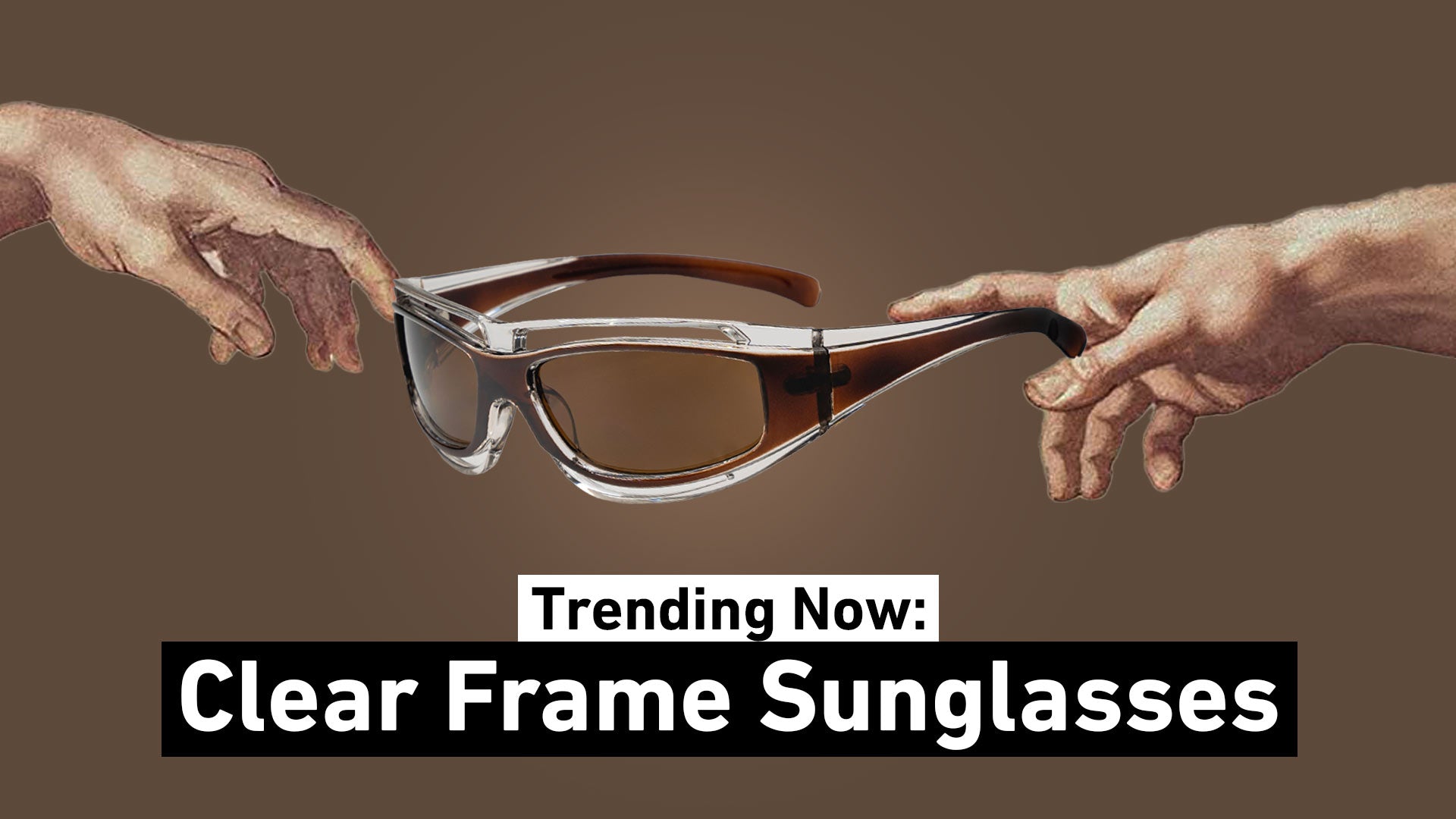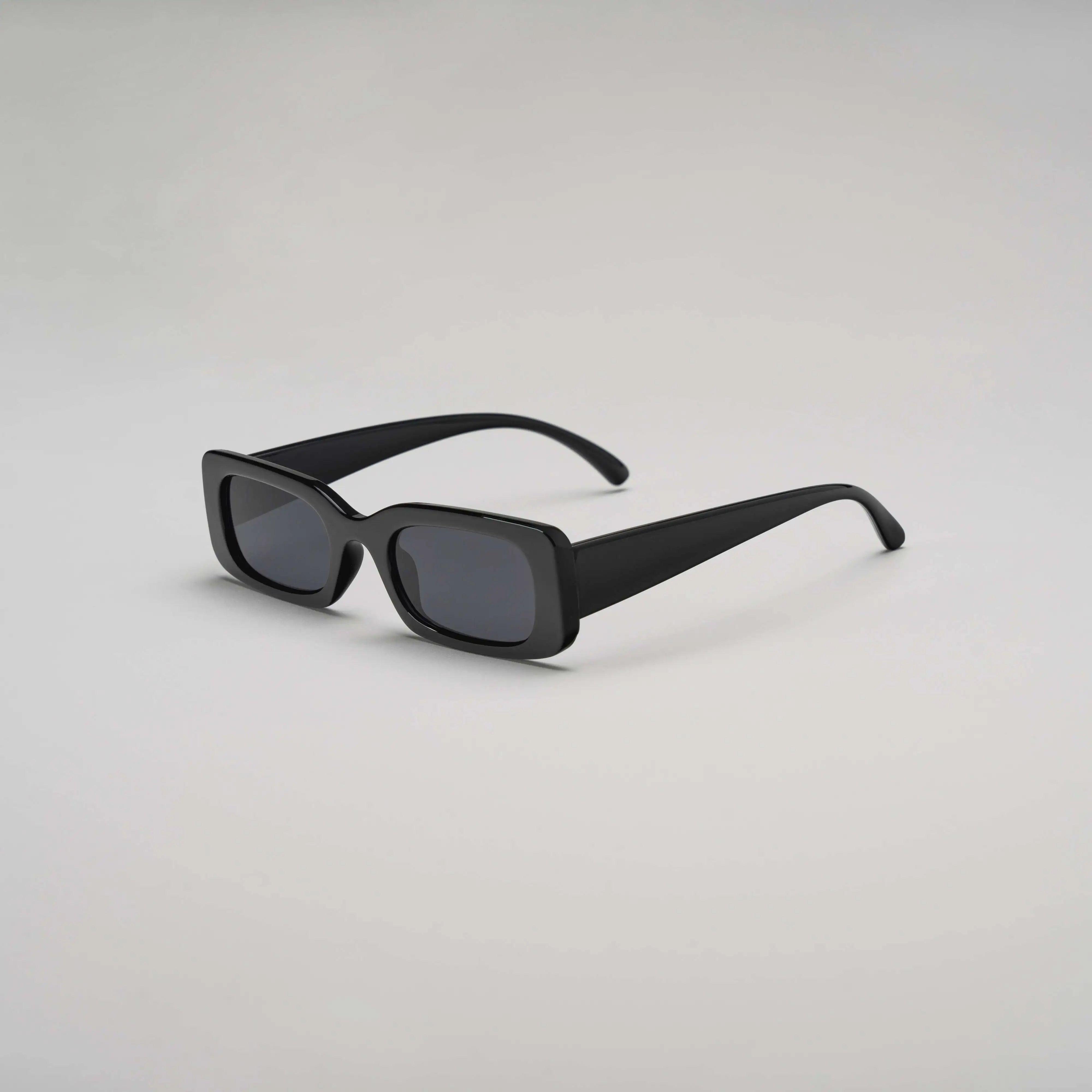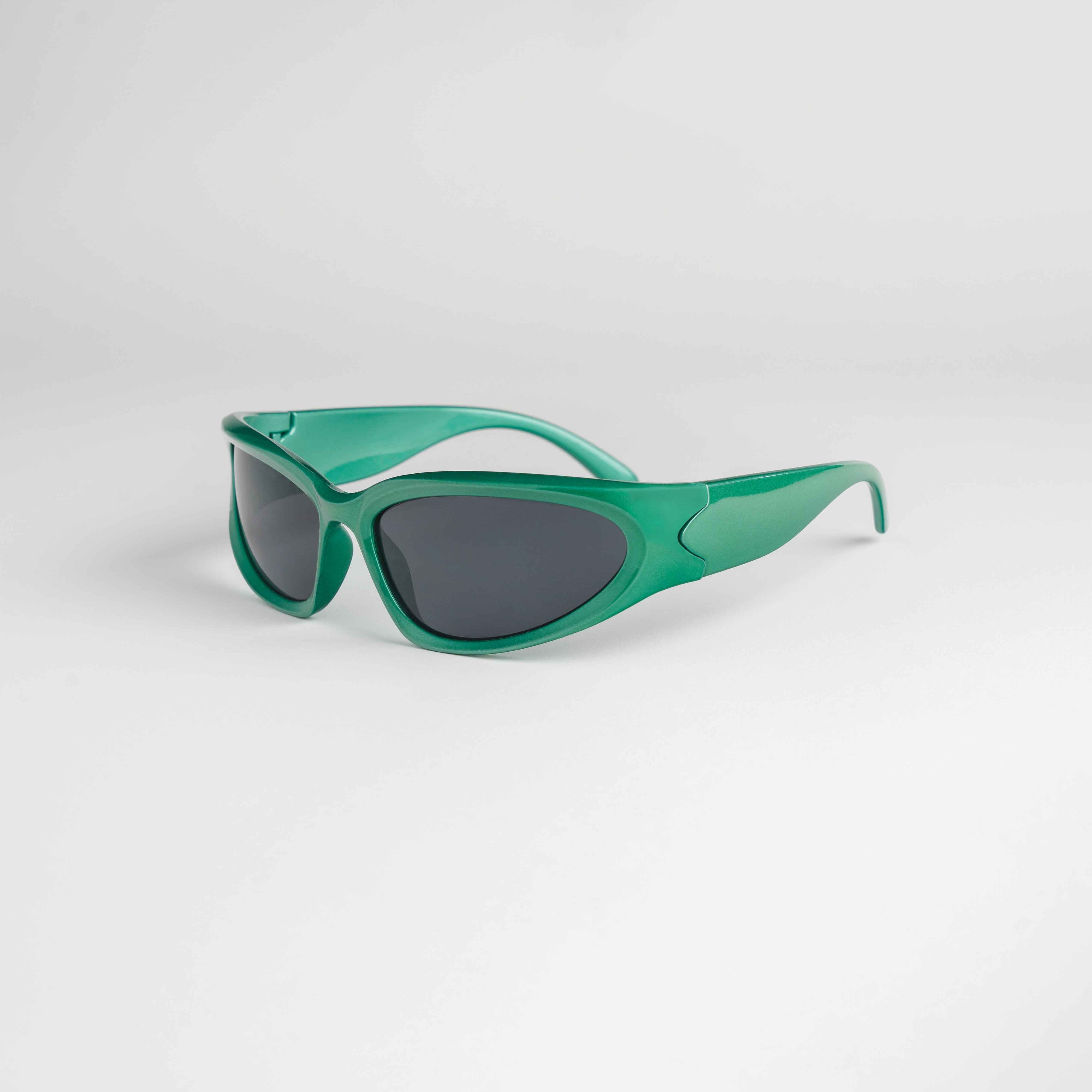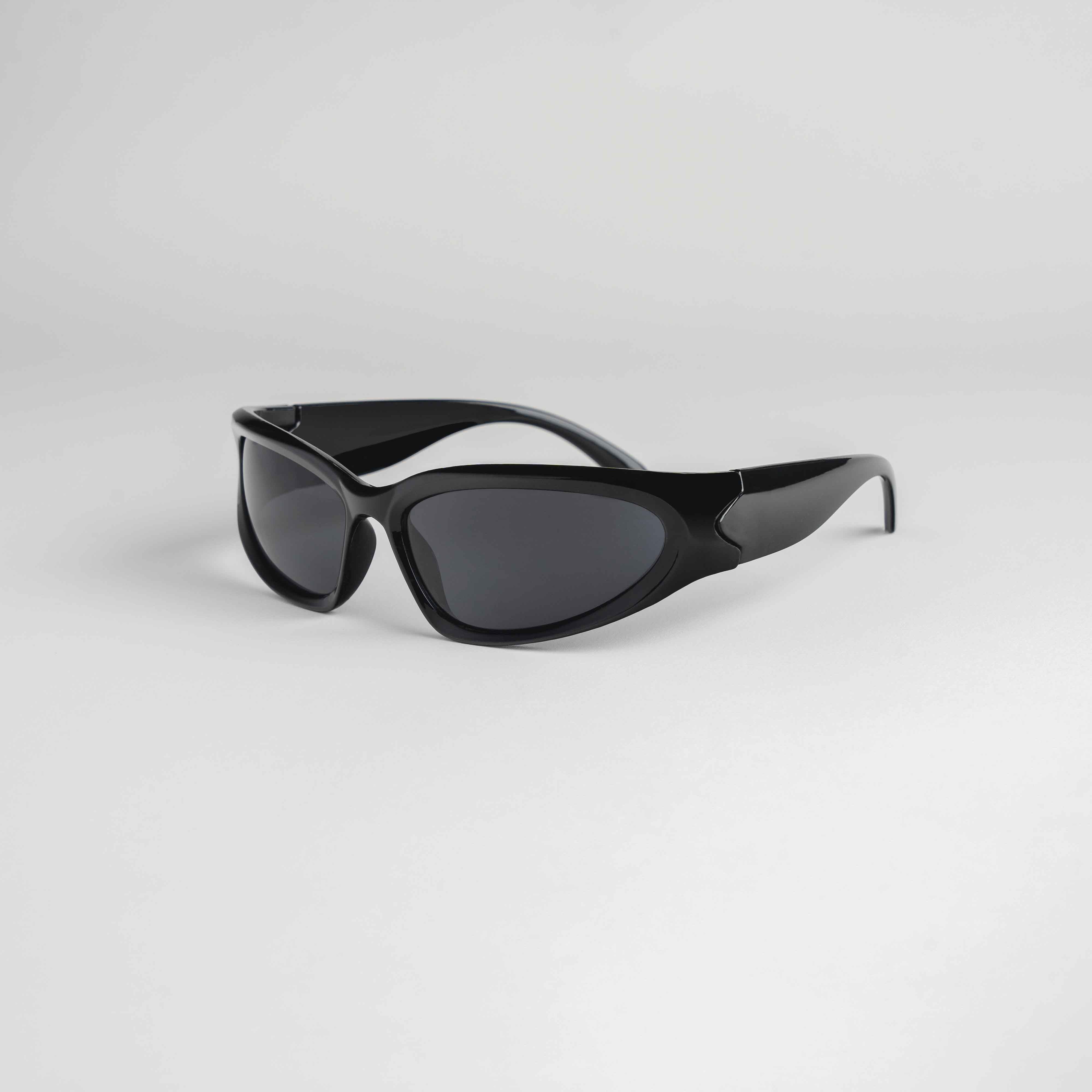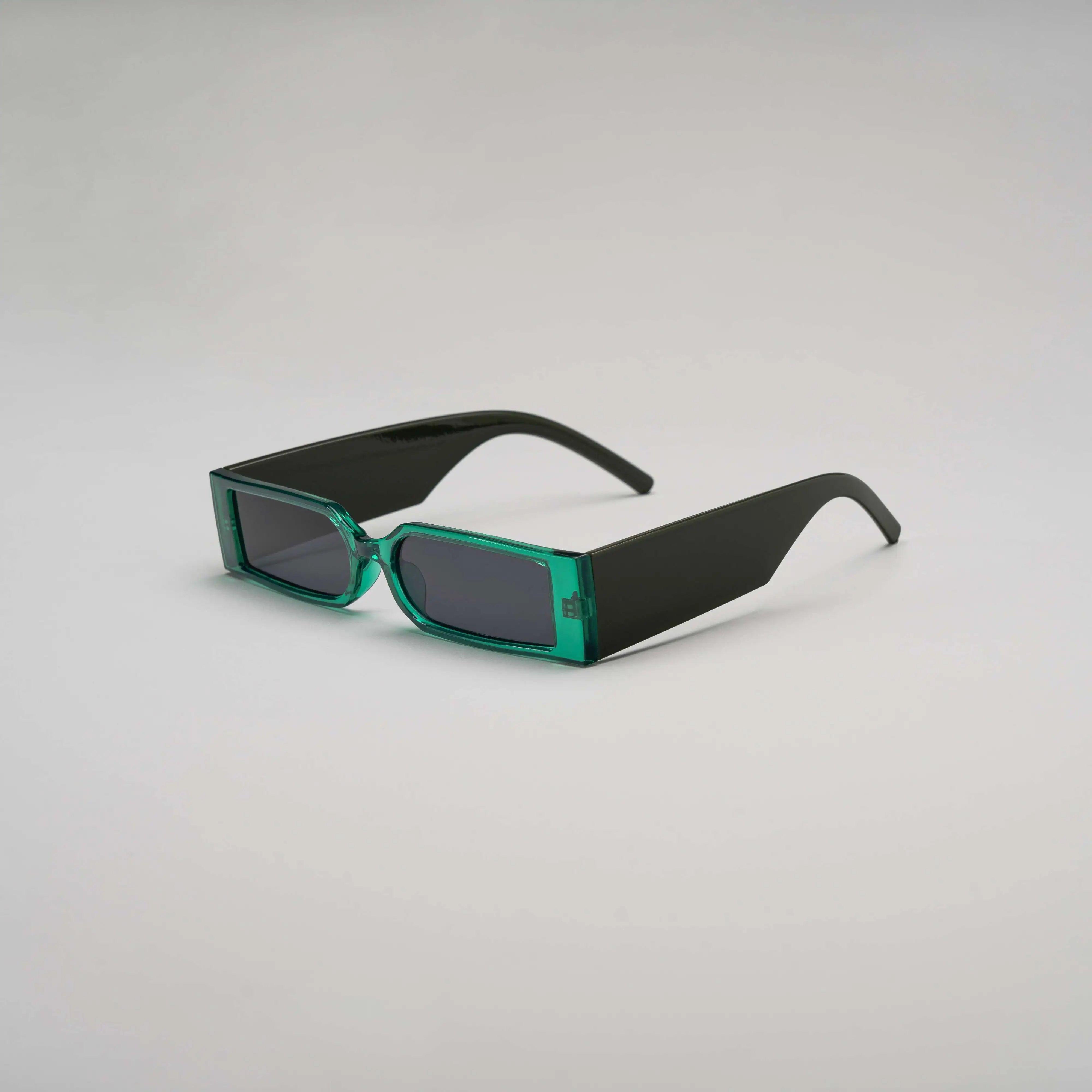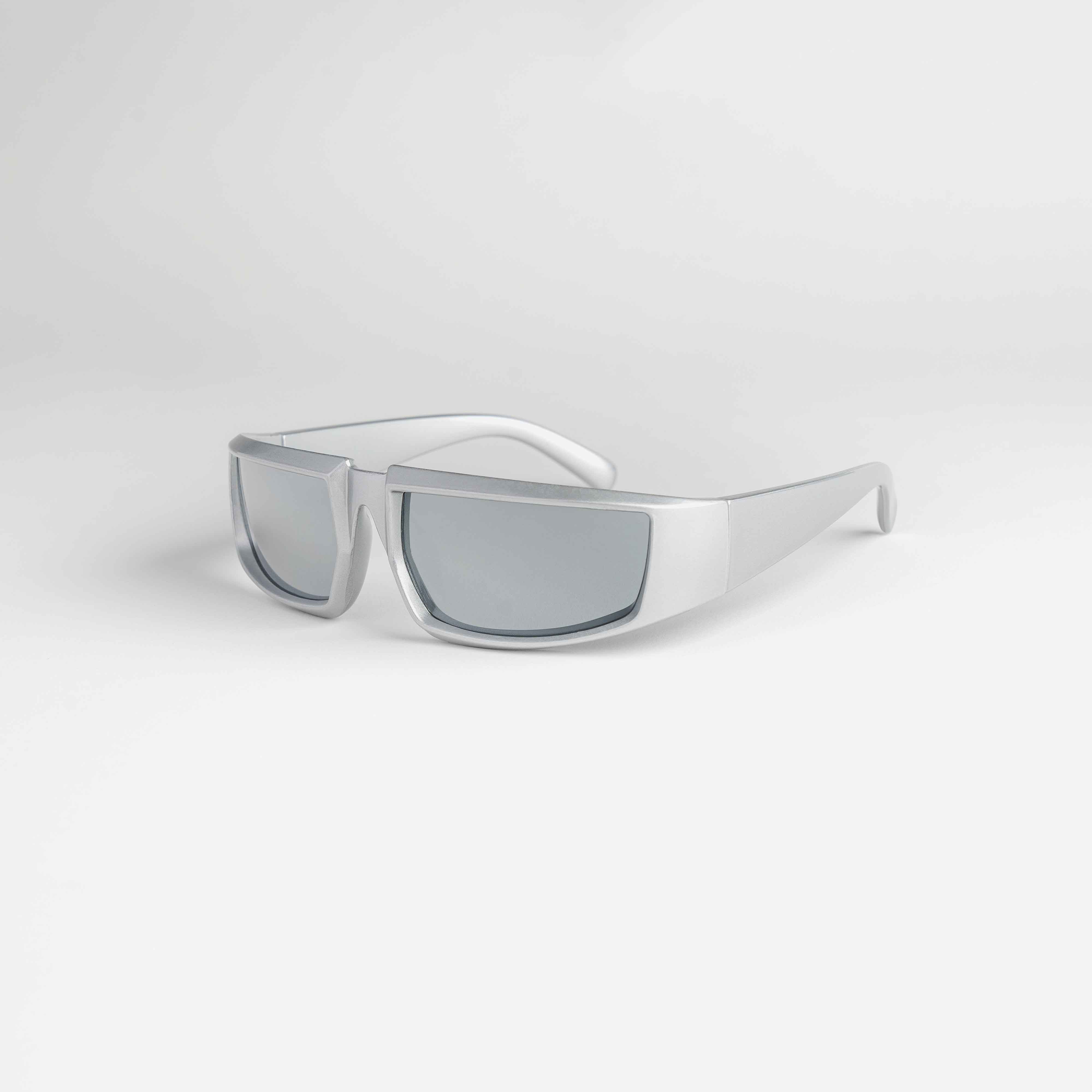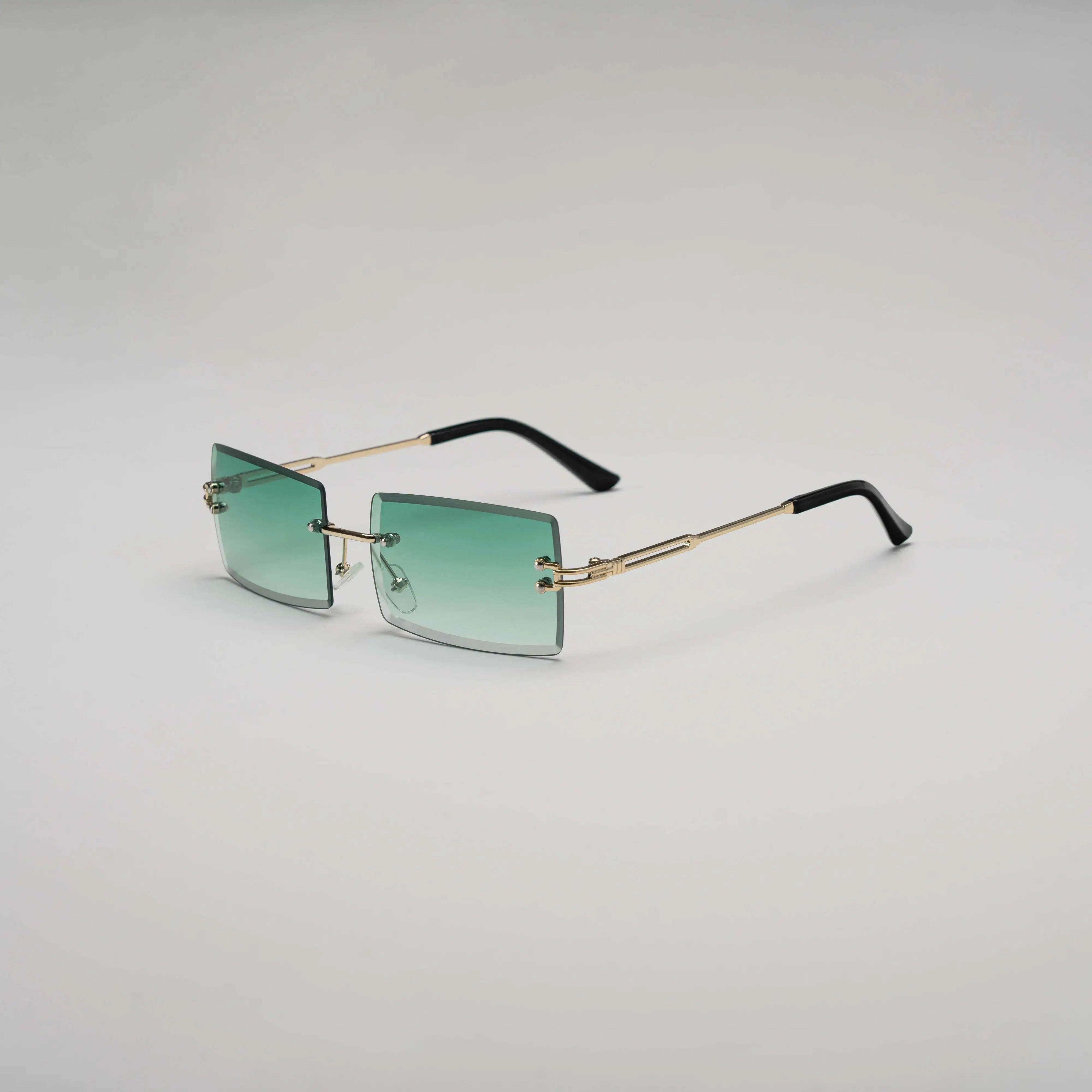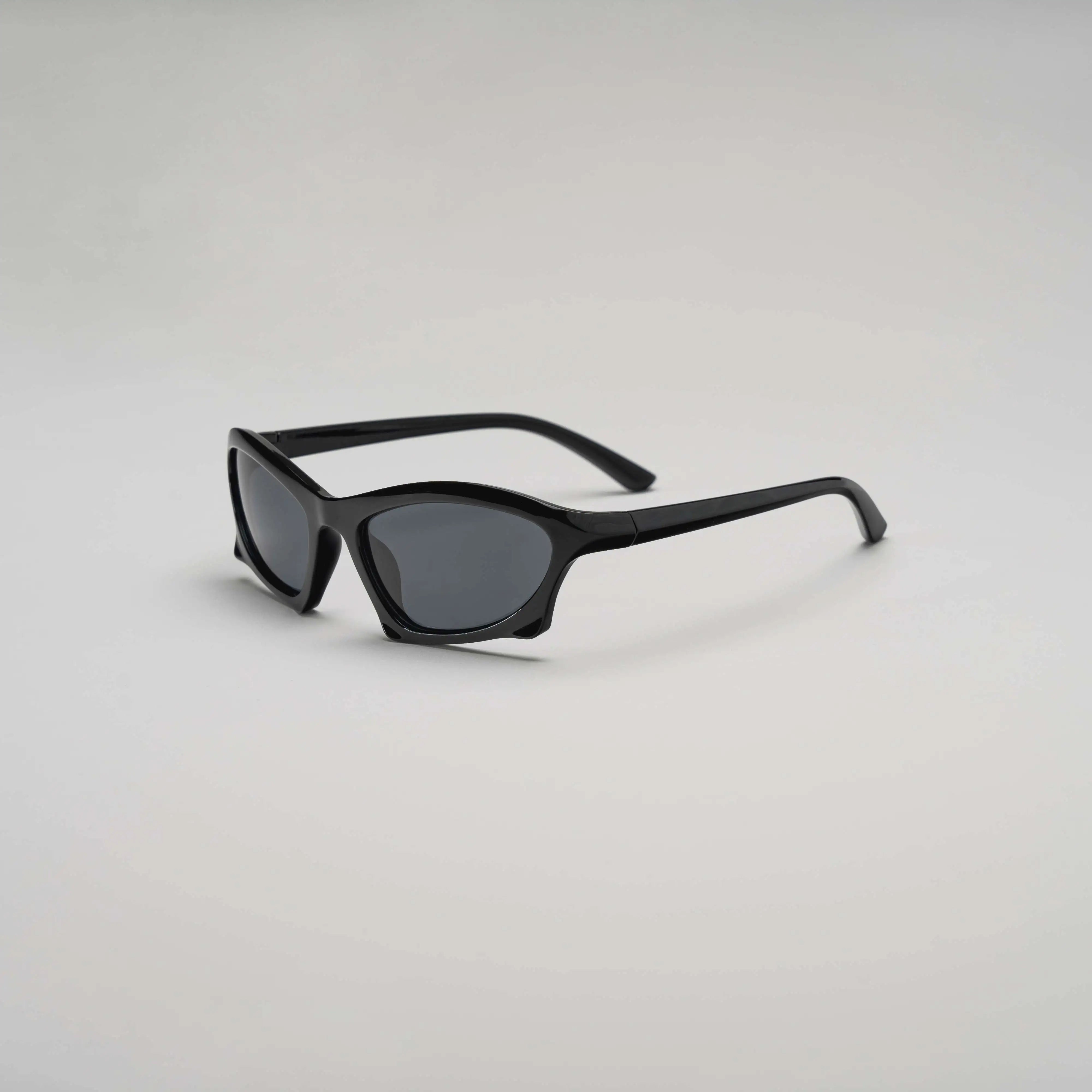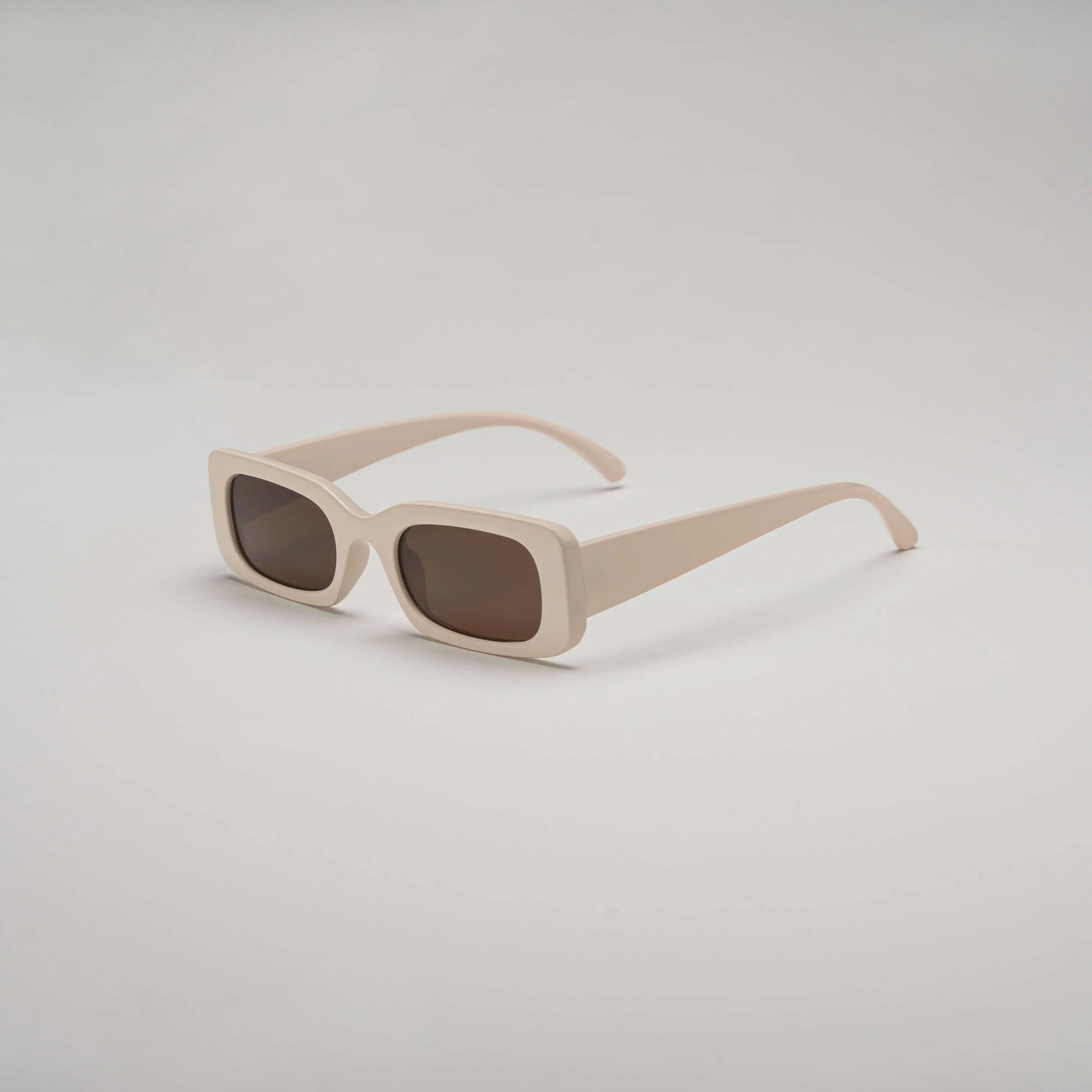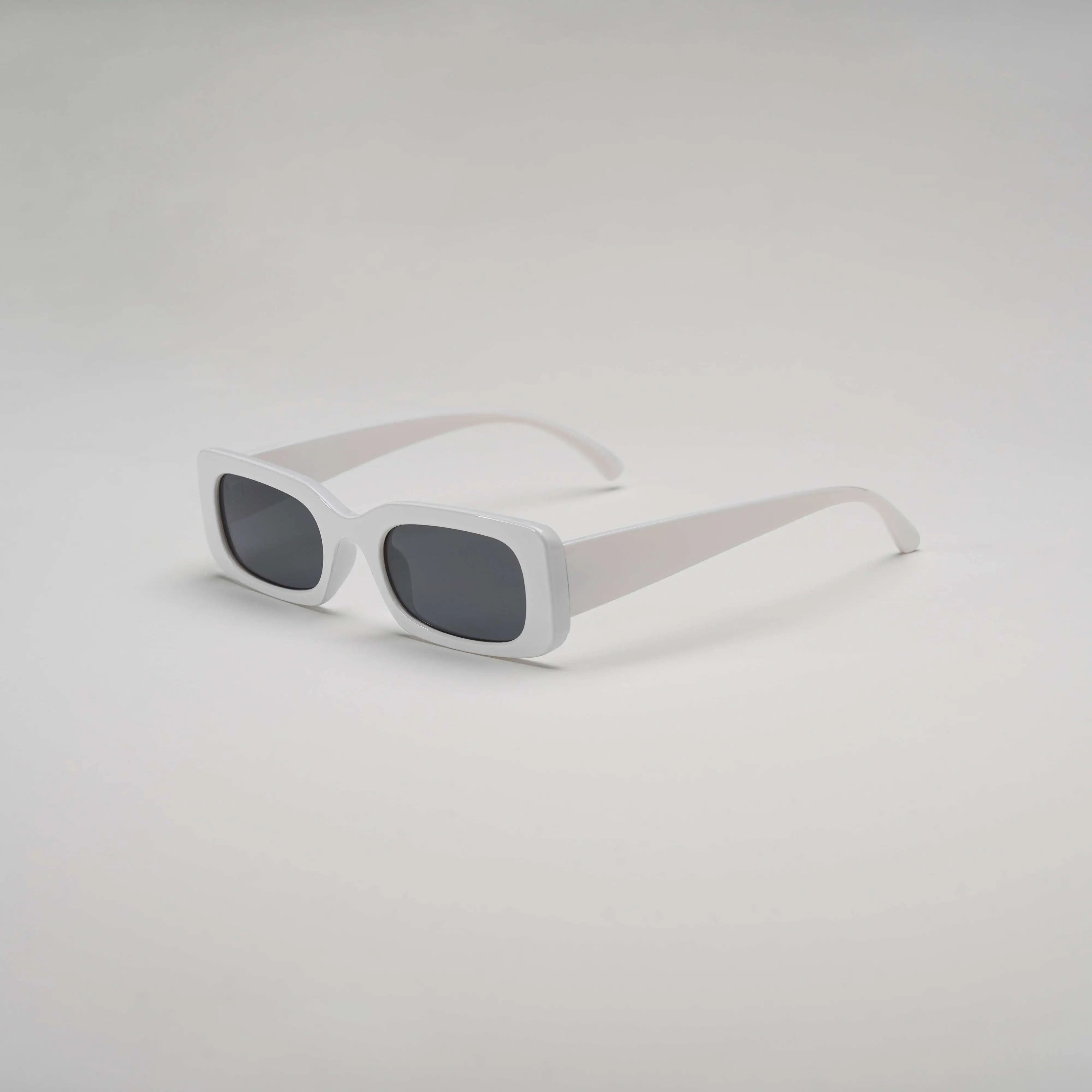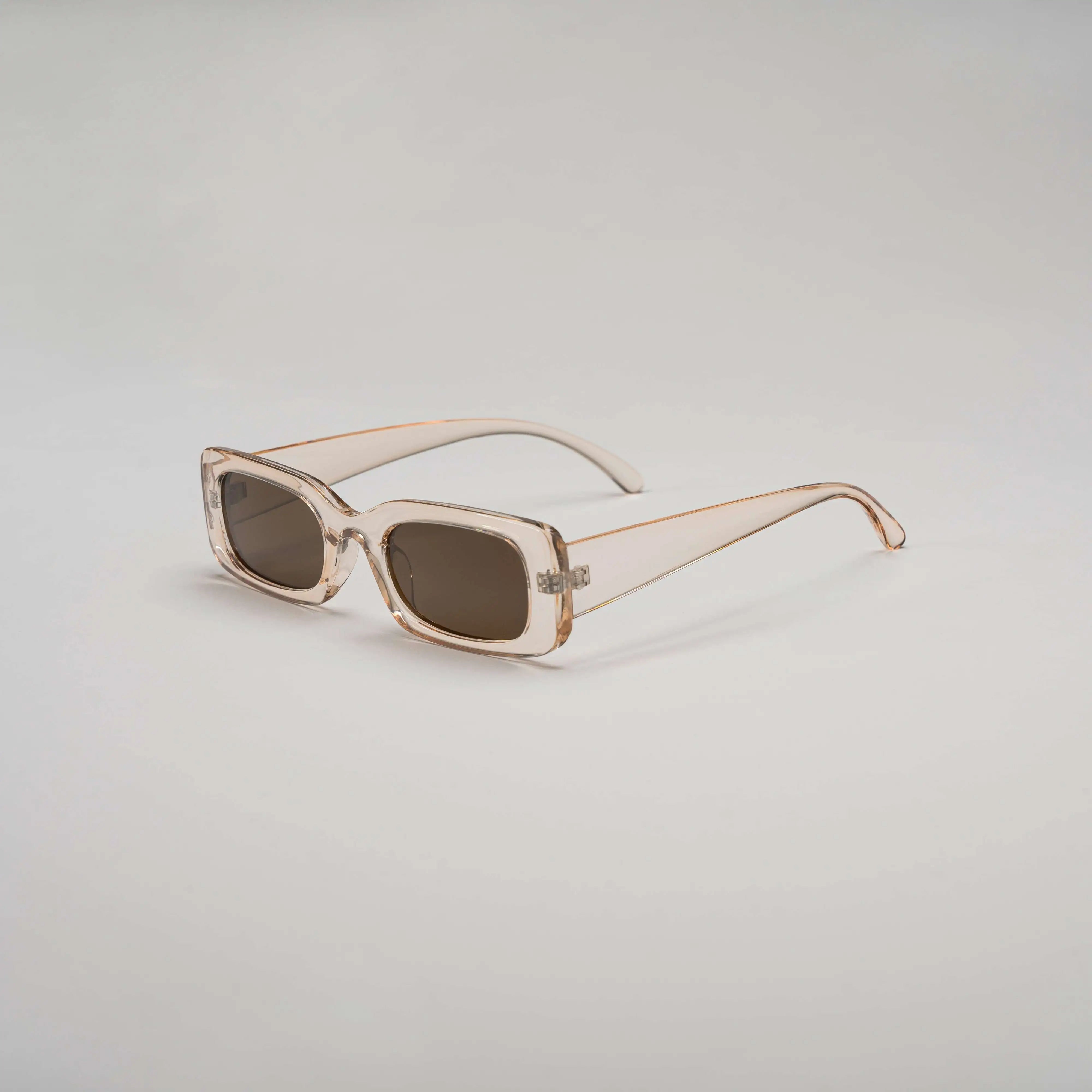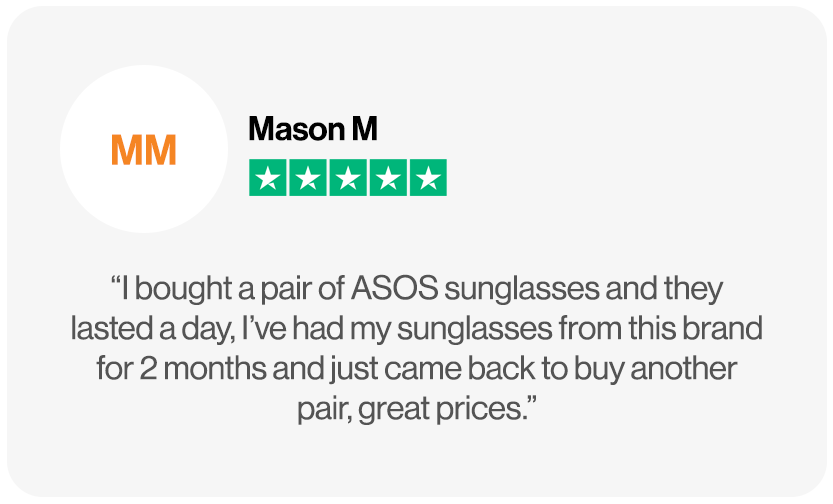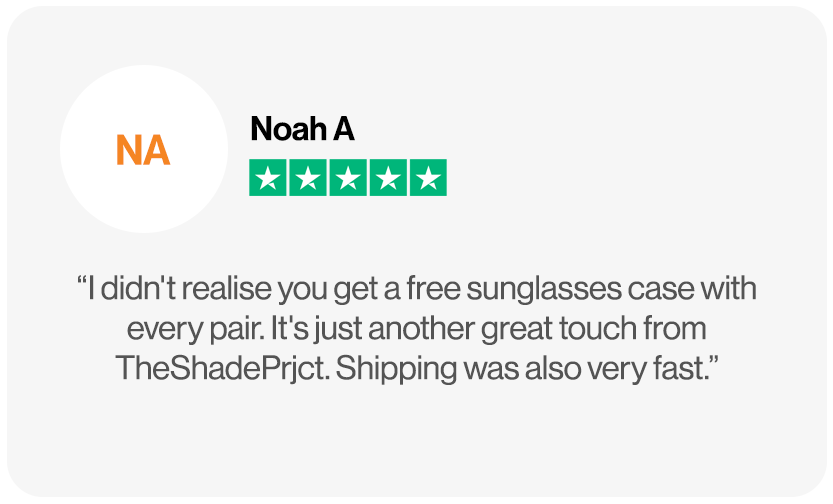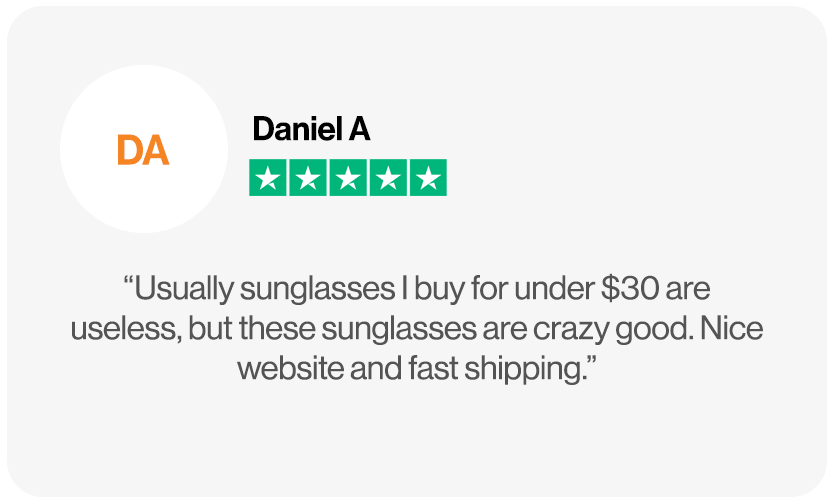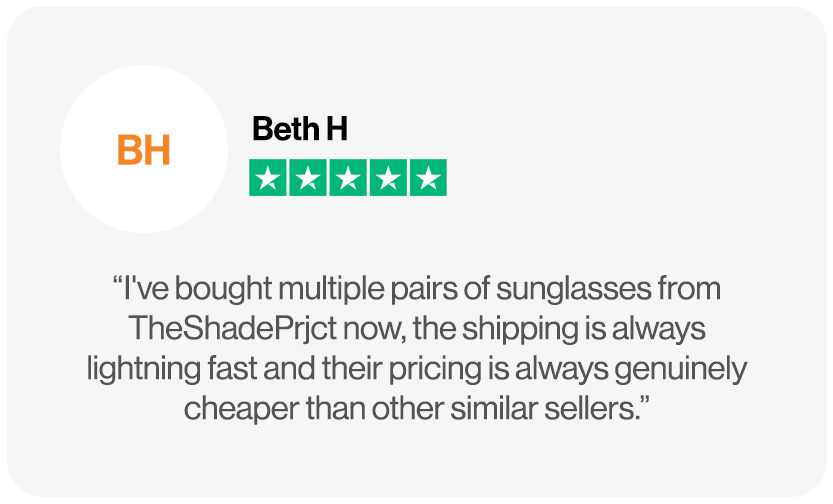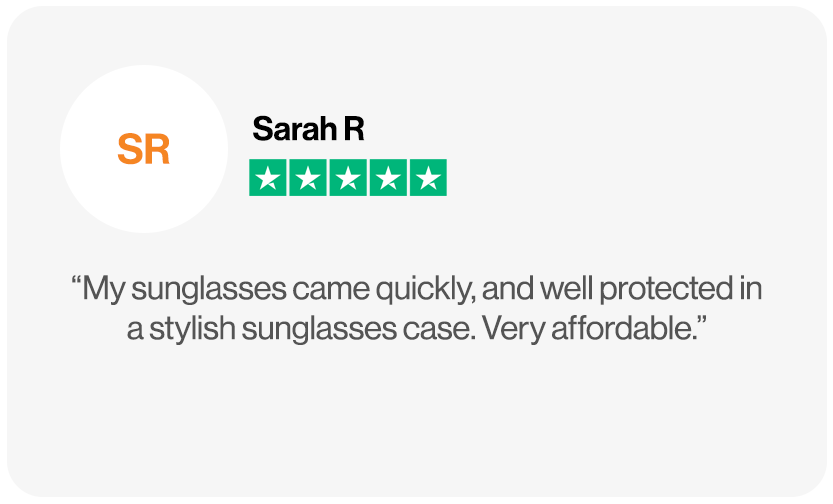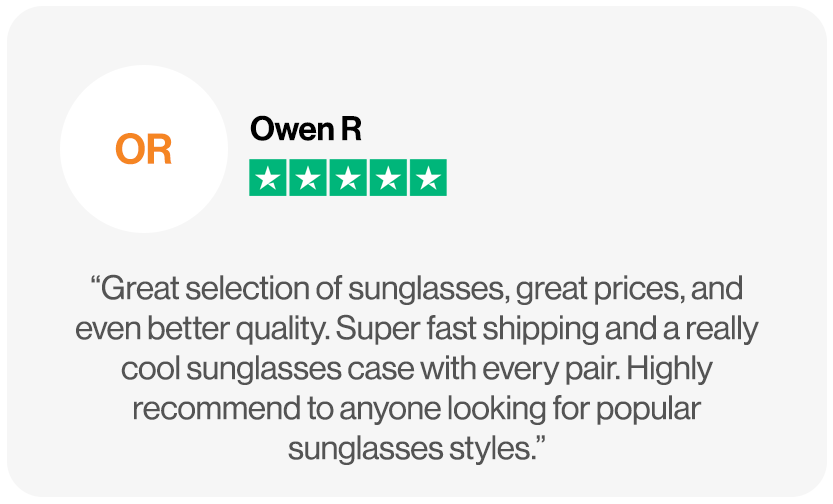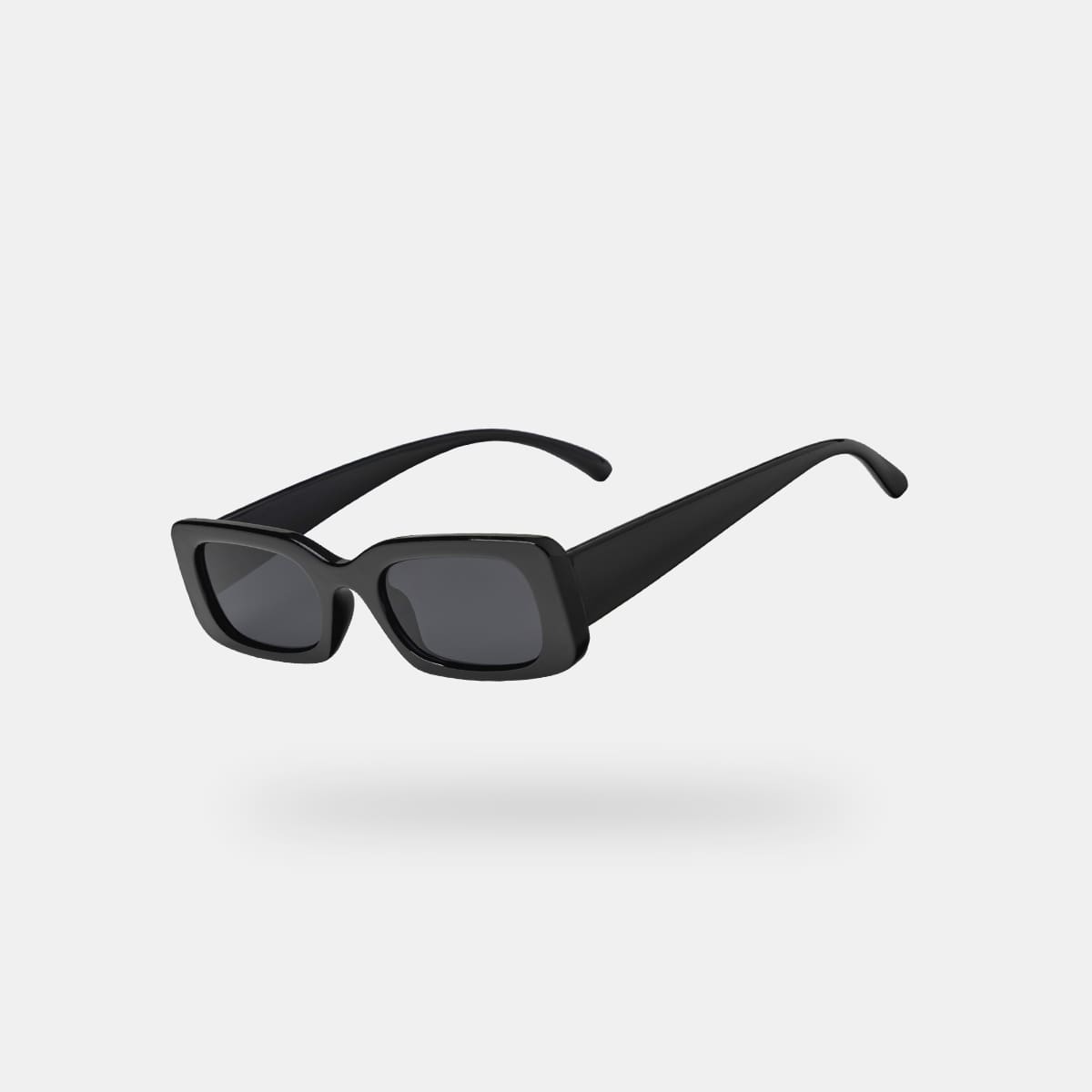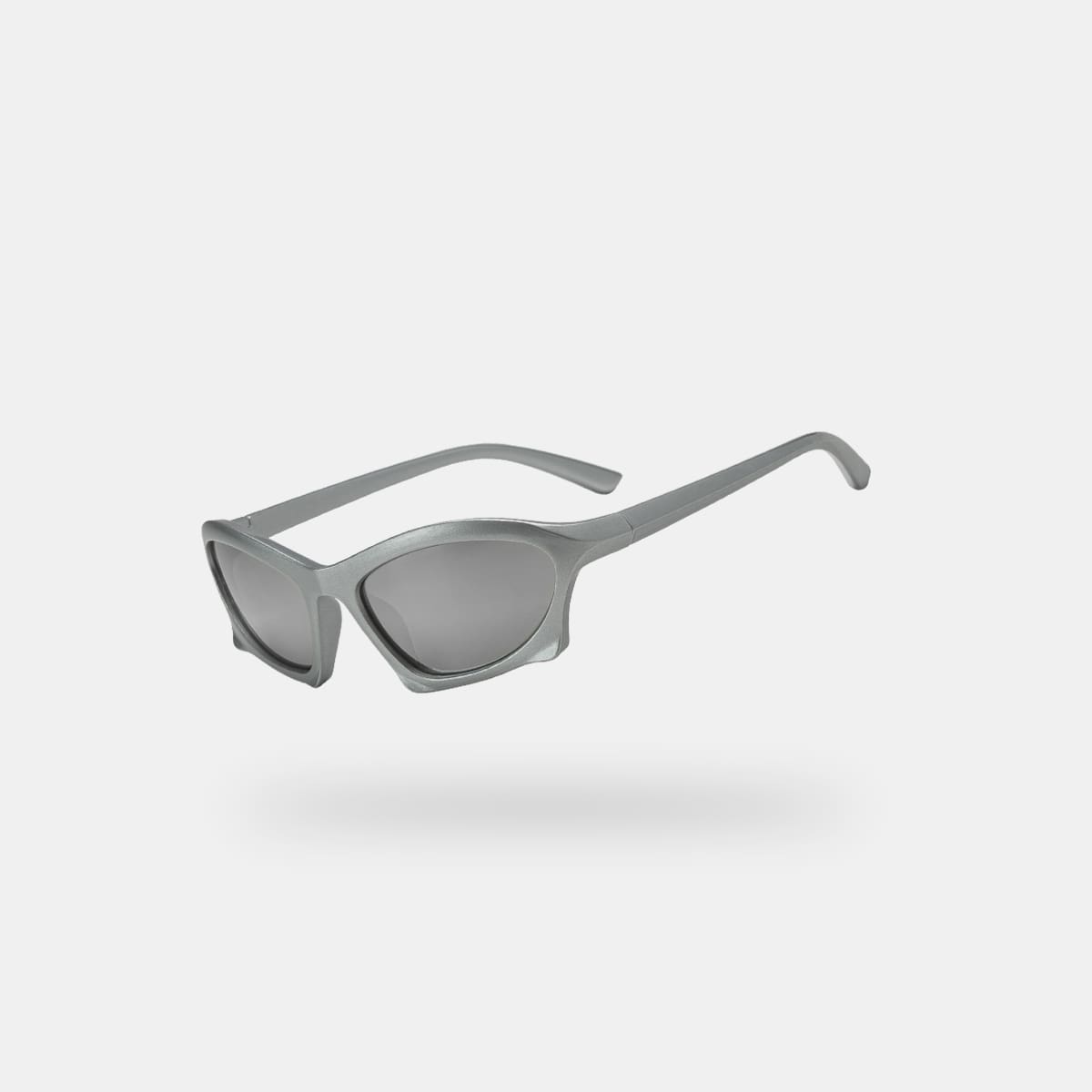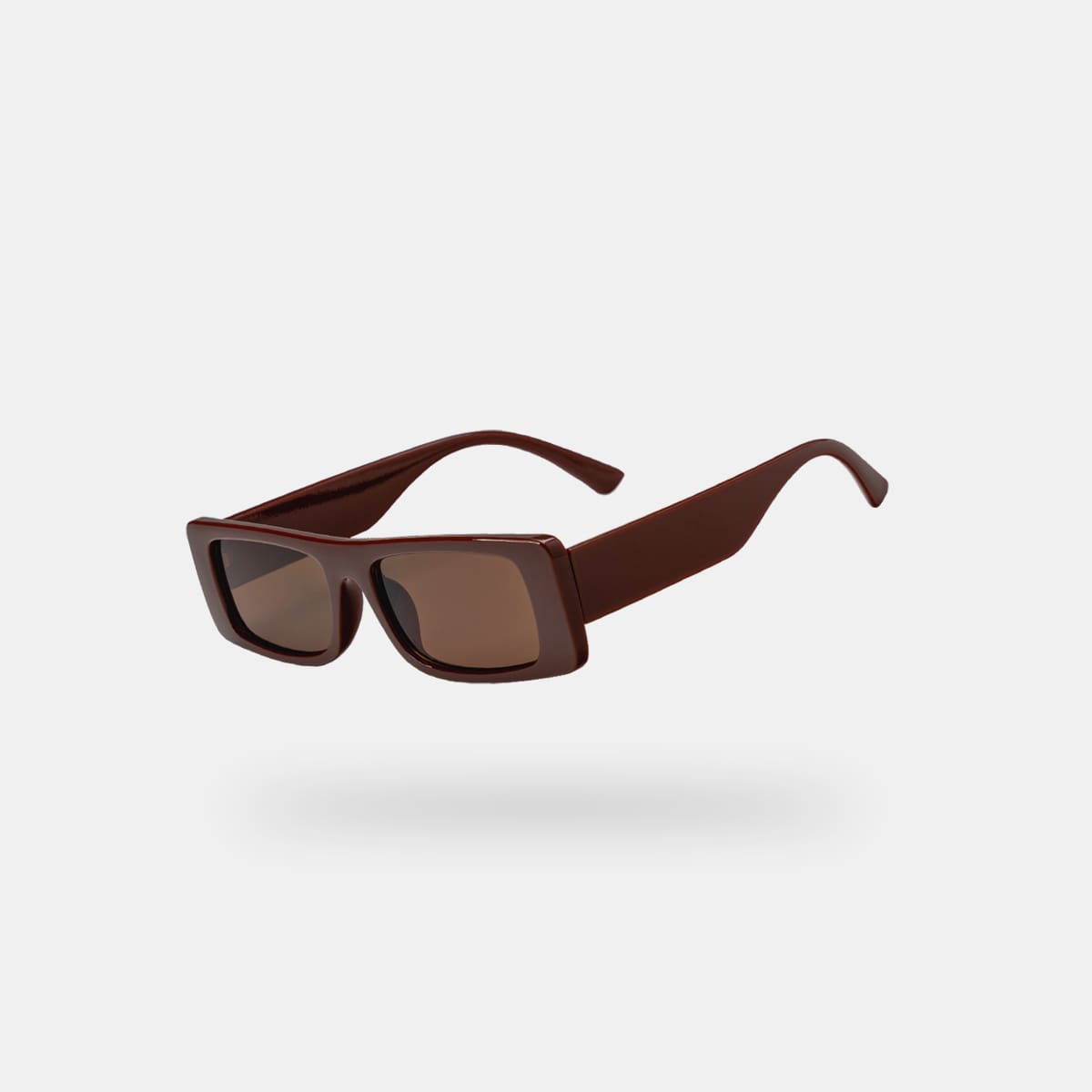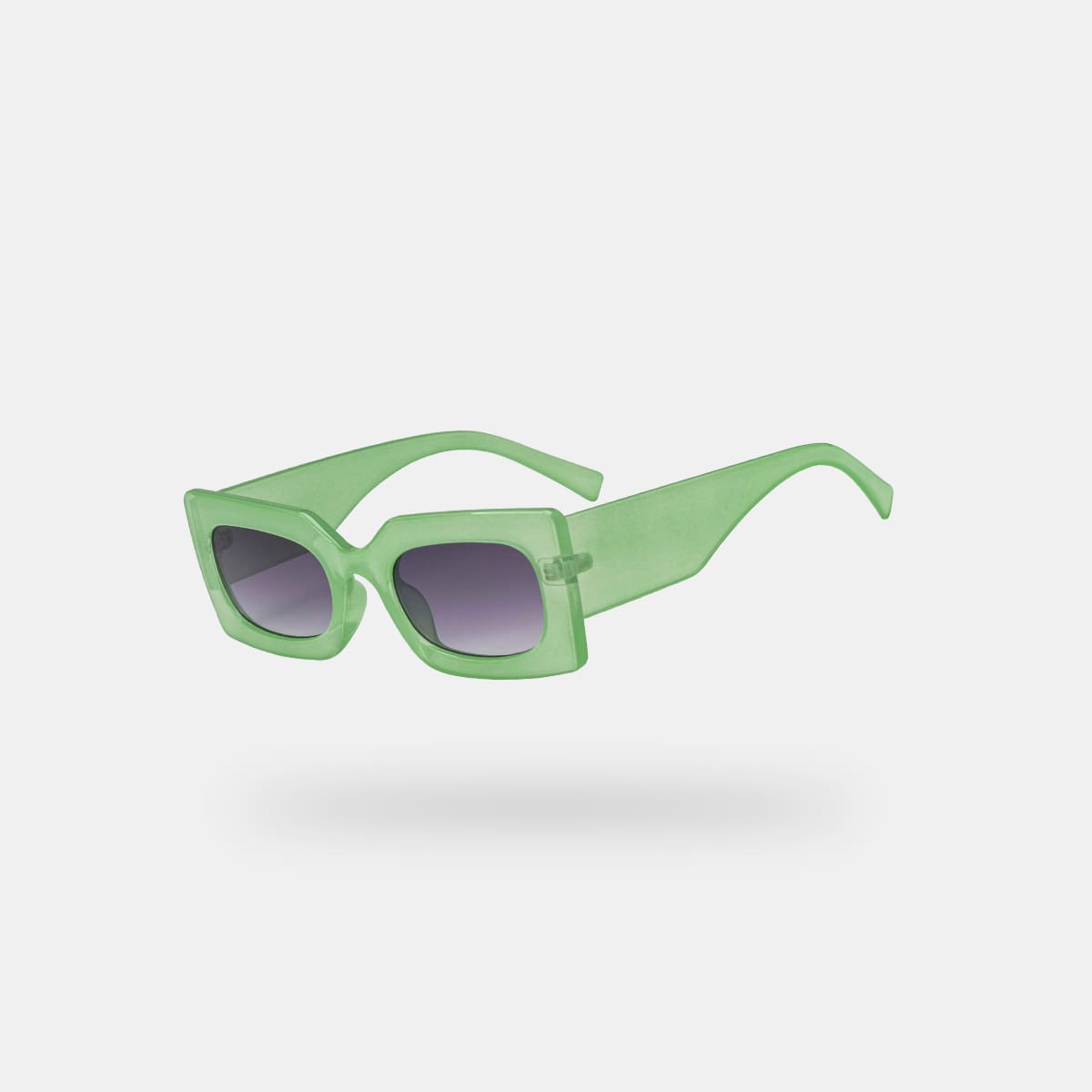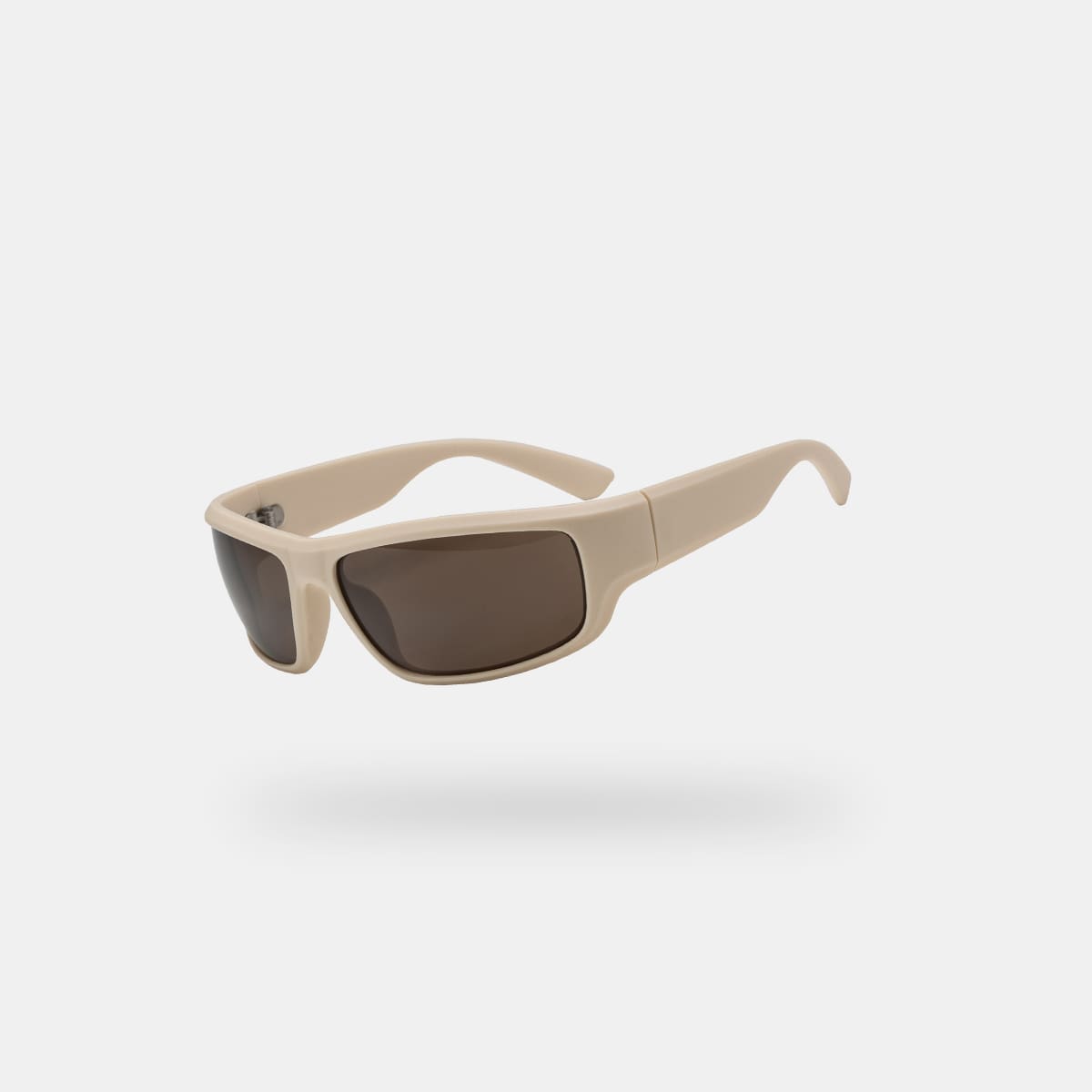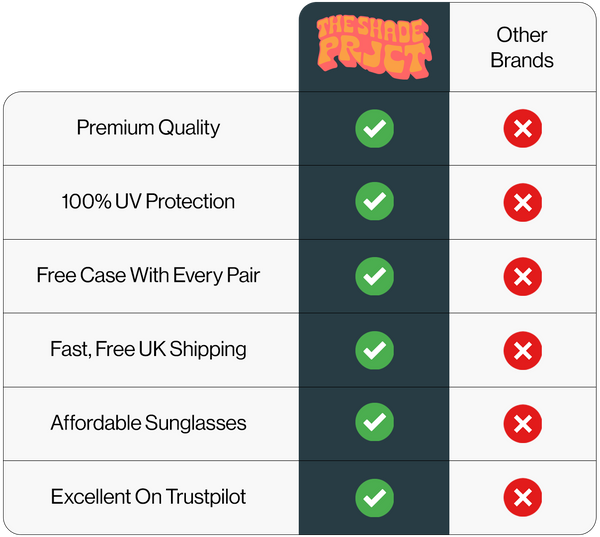Introduction
Sunglasses are not just a fashion accessory but also serve a vital purpose of protecting our eyes from the harmful effects of the sun's ultraviolet (UV) rays. They are designed to reduce the glare and brightness of sunlight, making our outdoor experiences more enjoyable and safe. But have you ever wondered, "how do sunglasses work?" In this article, we will delve into the science behind sunglasses and explore the various mechanisms that enable them to shield our eyes from the sun's harmful rays.
How Do Sunglasses Protect Your Eyes?
Sunglasses offer protection to our eyes through several key mechanisms. Let's take a closer look at each of these mechanisms.
1. UV Ray Absorption
Ultraviolet (UV) rays are a type of electromagnetic radiation emitted by the sun. They consist of UVA, UVB, and UVC rays, with UVA and UVB being the most significant for our eyes. Prolonged exposure to these rays can lead to various eye conditions, such as cataracts, macular degeneration, and even skin cancer around the eyes.
To protect our eyes from these harmful rays, sunglasses are equipped with UV-blocking filters. These filters absorb or reflect a significant portion of the UV rays, preventing them from reaching our eyes.
2. Glare Reduction
Glare occurs when the intensity of sunlight is too high, causing discomfort and reducing visibility. It often happens when light is reflected off surfaces like water, snow, or glass. Sunglasses combat glare through the use of polarised lenses.
Polarised lenses contain a special filter that selectively blocks horizontal light waves while allowing vertical waves to pass through. By eliminating the horizontally polarised light that causes glare, polarised sunglasses enhance visual clarity and reduce eye strain.
3. Brightness Reduction
Another way sunglasses work is by reducing overall brightness. This is particularly helpful in bright outdoor conditions, such as on a sunny day or in snowy environments.
Sunglasses achieve brightness reduction by incorporating tinted lenses. The tint alters the colour and intensity of the light that enters our eyes, making the surroundings more comfortable to look at. Different lens colours can have varying effects, such as enhancing contrast or reducing eyestrain in specific environments.
4. Eye Protection
Apart from blocking UV rays, reducing glare, and brightness, sunglasses also provide physical protection for our eyes. They act as a barrier against foreign objects, such as dust, debris, or insects, that can potentially harm our eyes. This is especially important during outdoor activities like sports or riding a bike.
What Is The Difference Between UV Protection And Polarisation?
When it comes to sunglasses, understanding the dissimilarity between UV protection and polarisation is crucial. UV protection refers to the shield against harmful ultraviolet rays emitted by the sun, which can damage our eyes and skin. On the other hand, polarisation is a feature that eliminates glare caused by reflected light, enhancing visual clarity. While UV protection safeguards us from UV rays, polarisation combats glare, making both crucial factors in choosing the right sunglasses for optimal eye care and vision.
Do Sunglasses Need To Be Polarised?
The question of whether sunglasses need to be polarised depends on personal preference and specific usage scenarios. While polarisation enhances visual comfort by reducing glare from reflected light, it is not a mandatory feature for everyone. Polarised sunglasses are particularly beneficial for activities like driving, fishing, or spending time in highly reflective environments. However, individuals who do not encounter intense glare or prefer to see electronic screens clearly may opt for non-polarised sunglasses. Ultimately, the decision to choose polarised or non-polarised sunglasses depends on individual needs, budget and preferences.
Conclusion
Sunglasses play a crucial role in protecting our eyes from the sun's harmful rays, reducing glare, and enhancing visual comfort. By absorbing UV rays, reducing glare, and providing physical protection, sunglasses contribute to maintaining healthy vision and preventing eye conditions. When choosing sunglasses, prioritise those that offer adequate UV protection, fit well, and provide optimal comfort. So, the next time you put on a pair of sunglasses, remember the science behind their functioning and appreciate the valuable protection they offer for your eyes.
Frequently Asked Questions
Now, let's address some commonly asked questions about how sunglasses work:
1. Do all sunglasses provide UV protection?
2. Can I wear sunglasses indoors?
3. Can I wear sunglasses at night?
Although sunglasses are specifically designed to reduce the intensity of sunlight and improve visibility in bright conditions. Wearing sunglasses at night can be useful where lots of bright lights are present, such as at a festival or rave. Technology has evolved and has allowed sunglasses manufacturers to offer 100% UV protection without the lenses having to be particularly dark, however, wearing sunglasses with darker tinted lenses at night can significantly impair your vision, making it dangerous to navigate in low-light situations or whilst driving.

